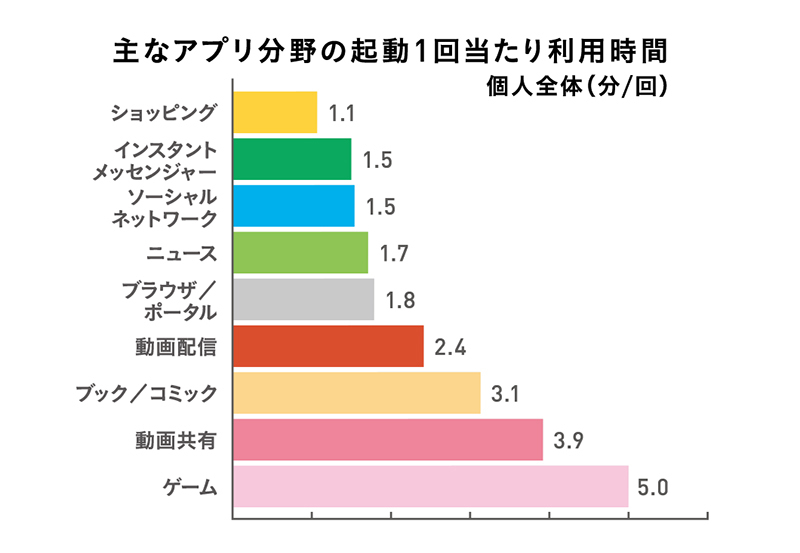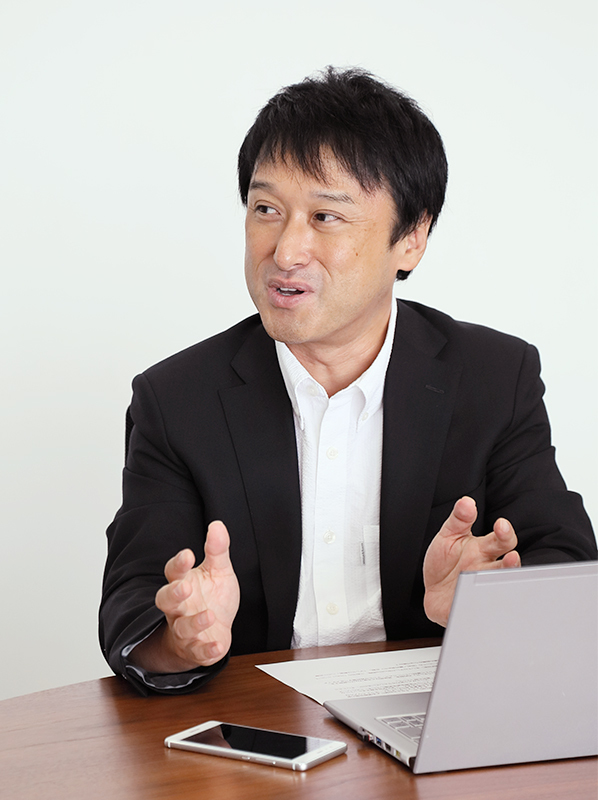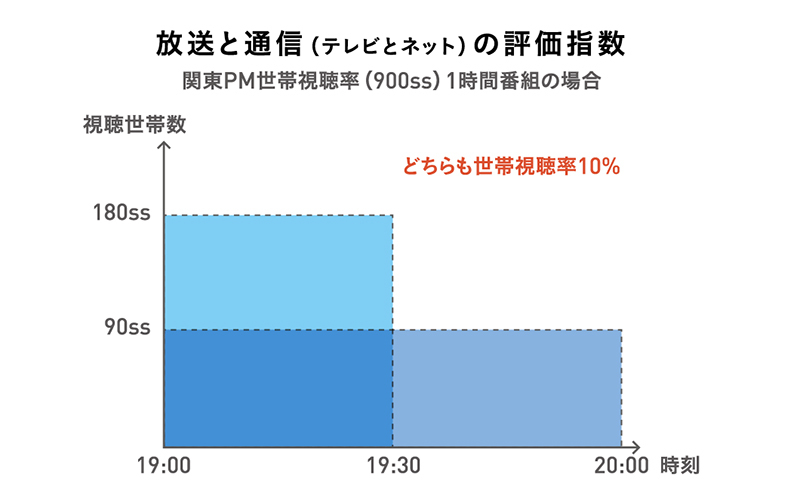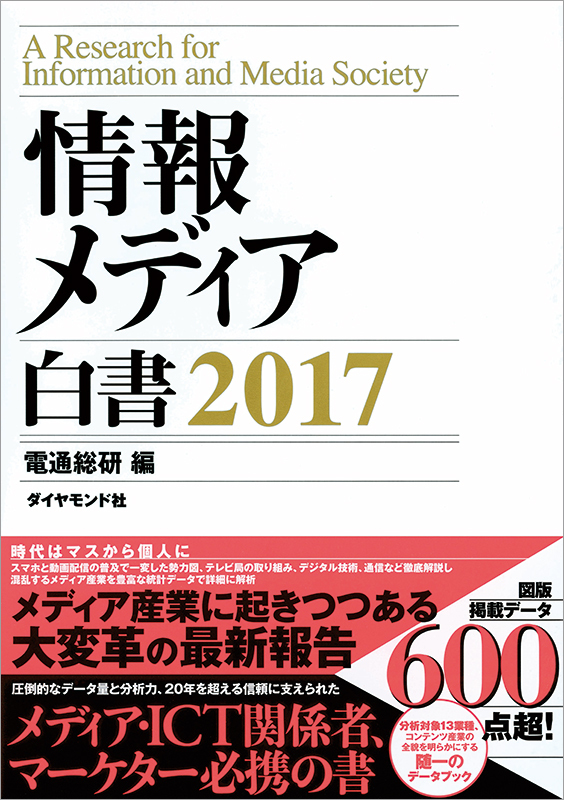~A Conversation with Masahito Ota of Nippon TV
The Near Future of Television: Ritsuya Oku
Rather than categorizing media as television, radio, newspapers, magazines, outdoor advertising, or digital, we explore the cutting edge of advertising by drawing a line along the concept of "devices" – "The Near Future of Advertising Seen Through Devices." This time, the topic is television.
Masahito Ota of Dentsu Inc. proposes that the term "television" itself carries multiple meanings and that we should consider its various elements separately. We discussed whether this perspective holds true and the future direction of television with Masahito Ota of Nippon TV, who oversees projects like Hulu.

(From left) Ritsuya Oku (Dentsu Inc.), Masahito Ota (Nippon TV)
Is that "television" the receiver? The program? The transmission path?
Oku: In the "Information Media White Paper 2017" published this past February, I proposed the perspective of "television coming full circle." For audiences, "everything is equally video side-by-side," and based on that recognition, "television" will be reevaluated. When considering this theme for our paper, I reached out to Mr. Ota, who works in Nippon TV's Internet division and recently plays a central role in the Hulu business. Mr. Ota understands both traditional television and the internet. Let's get started. Thank you for joining us.
Ota: We've been operating under the assumption of a shift to new devices like mobile. But working on the Hulu business changed my perspective a bit—it made me realize that the desire to watch on a big screen hasn't disappeared. Also, while the act of watching programs live on a TV set is declining, it's not that TV programs themselves have become unwatchable; they're just being consumed in various new ways.
Oka: You jumped straight to the conclusion, but that's exactly it. It's so obvious it rarely gets discussed, but when we talk about "television," the content changes completely depending on whether we're discussing the television set, the TV program, or the transmission path. The device itself now includes smartphones and monitors, while "programs" refer to content. Transmission channels are either RF (radio) or IP (internet). When discussing "television," we need to be conscious of these distinctions. And from what Mr. Ota said, I gather he's suggesting that even with the spread of smartphones, television programs remain strong.
The real viewing style these days is...
Ota: For the past decade since I got involved, people have been saying television is over. I've also considered that possibility and tried to prepare for the future. This might be misleading, but television was entertainment, enjoyed during certain gaps in time. Then the internet and smartphones appeared, intensifying the battle for people's time. Until recently, people rarely watched videos during 10 or 15 minute gaps, but that's changed. So it's become incredibly interesting. And when people have time, they still watch longer content properly. I think it's about how to approach these various time slots.
Oku: Recently, Dentsu Inc. conducted a survey on how people choose video screens within their homes. We looked at it in detail: watching YouTube, watching videos on paid subscription services like Hulu, watching programs recorded on a DVR, watching packaged media like DVDs or Blu-rays, watching BS/CS satellite channels, watching terrestrial broadcasts, and so on. We found that when people have 15 minutes, 30 minutes, or an hour of free time and need to multitask with other work or chores, terrestrial broadcasts are often chosen. However, when they have no other tasks, they strongly tend to choose watching recorded TV programs or free video streaming services. This seems to be the real viewing style today. On another note, some people avoid watching videos during their commute because they dislike "using up their data" (meaning consuming mobile data), preferring to watch at home instead. This aspect seems to have changed significantly.

According to a Dentsu Inc. survey, entertainment apps now show significantly longer usage times compared to communication apps. Created by Dentsu Inc. based on January 2017 usage log data from the INTAGE i-SSP Mobile Panel.
Ota: For rich content like ours, people mostly just watch the next episode during spare moments now. But all kinds of video content are increasing, including social media like Instagram and Facebook. In a few years, video communication will be commonplace. Young people already take videos, edit them, and post them as a matter of course, and they're incredibly skilled at it.
Oku: It's not about capturing an event with video or photos; it's going to the event specifically to take video or photos. It's similar to how camera enthusiasts seek out good subjects at photo shoots. Here, real-world actions are driven by the need to "enhance" one's online self on SNS, reversing the roles. I feel this type of communication is a trend.
Ota: We haven't fully embraced that approach yet. We tend to focus more on discussions about devices and transmission methods – how to produce the program, how to distribute it.

Mr. Oku
Oku: Over the past few years, while chasing smartphones, we've seen what users are actually doing there. Looking at app launch frequency, communication apps dominate, with entertainment coming second. Examining this by time usage, communication apps average 90 seconds per launch. Entertainment apps, however, have longer content, so their usage time is longer. Considering this, the TV's advantage as a large-screen monitor for immersive video viewing becomes clear. This is the background behind us starting to say "Back to TV."
Ota: We're aware of that too. At Hulu, the proportion of living room devices using TV monitors hasn't decreased; in terms of viewing time, they still account for a significant share. Ultimately, people who want to settle in and watch prefer a larger screen over a small one, and they want more powerful sound. There's no need to deliberately watch on a smartphone. While some tech-savvy people say TV is over (meaning outdated content), if you properly analyze the whole picture, the number of people working so hard they don't even have an hour to watch TV is actually quite small. We need to accurately assess that point.
Moving forward, we need common metrics with the internet
Oku: Up to this point, I've been sounding the alarm about whether we might be slightly underestimating the potential of TV as a device and TV programming. Beyond that, I also want to discuss the transmission channels. I understand the call to re-evaluate TV's potential, but what about the business model for traditional TV?
Ota: Broadly speaking, it's an advertising business, so we must continuously generate content and platforms that deliver the same level of profitability we see today. To achieve that, we need to delve into content that aligns with societal evolution and new ways of presenting video. The key question is whether we can assign the same advertising value to these new formats or if we need to develop alternative revenue models. This is where the real strategic thinking comes in. I believe the key lies in habit formation. The core challenge is recreating that world where people would turn on the TV immediately upon waking or returning home, but across different devices and delivery channels.
Oku: In that sense, the TV program guide is one interface. Time, day of the week, and time slots form a comprehensive schedule that flows, and life revolves around this. On the other hand, Hulu is a typical example of VOD (Video on Demand), where you search for and find content. This difference is also a point that should be discussed going forward.
Ota: What I see as the next challenge is the "gap-filling" model. It's not just about short-form content; we need to fully realize our vision, including entirely different interfaces.
Oku: I'm looking forward to seeing how this develops. Related to this, I want to touch on metrics for TV versus online video distribution. Recently, at a symposium, I presented a document explaining the difference. TV ratings and online metrics like sessions or dwell time are measured using entirely different methods. For example, ratings use panel surveys; in the Kanto region, the sample size is 900 households. If 90 households watch the entire program from start to finish, the rating is 10%. If 180 households watch from the beginning until exactly halfway through the program, and then no one watches the rest, the rating is still 10%. Both scenarios yield a 10% rating. When I asked the audience, "Do you understand this difference?", the reaction was, "That's how ratings work?" (laughs).
Ota: I see. That's interesting.

Mr. Ota
Ratings are an integral value based on panel surveys.
Oku: Since you understand both, Mr. Ota, I think you'll grasp this: ratings are an integral value—essentially area. On the other hand, the internet isn't fundamentally panel-based research, so various metrics just proliferate in multiple directions, right?
Ota: Television and the internet share almost no common metrics, but total contact time is something both can theoretically produce. When comparing individual services, television's total contact time is overwhelmingly larger. That's precisely why it has such a massive advertising market. For the internet, if 10 million people visit even for an instant, that's counted as 10 million.
Oku: That's why with common claims like "X million people visited," it's unclear if they mean a single moment or an integrated value. However, since these aren't mutually exclusive, efforts emerge to align with what can be measured consistently. In the Tokyo metropolitan area, we have estimated private TV ownership data for 18.4 million households (40.6 million people) and population data for those aged 4 and above. Multiplying the viewership ratings by these figures allows us to calculate gross impressions.
Ota: Nippon TV has been seriously considering this for quite some time. Real-time viewing alone isn't sufficient, so we aim to capture all touchpoints, including recorded viewing. Discussions have been ongoing for several years through projects, and we're now at the phase where we should align our approach not just internally but across the industry.
Oku: TV ratings require careful consideration, as the continuity of their long-term time-series data is crucial. Thank you for sharing your insights today.
DENTSU SOKEN INC. Ed.
Information Media White Paper 2017
(Published by Diamond Inc.)
The opening feature titled "The Future of Video Services" surveyed the latest trends among the smartphone-native generation and advocated for a reevaluation of television.

Document mentioned by Mr. Oku in the text. Household TV ratings indicate the average rating calculated by dividing the sum of minute-by-minute household ratings by the program's total broadcast duration. Unlike online metrics like impressions, it can be expressed as an area.
Summary
While "television" has often been discussed separately from the four major media and the internet, the recent trend shows its influence is not declining but actually increasing. Furthermore, the growing presence of video in communication spaces like SNS represents an environmental shift that cannot be overlooked in the context of television.
Against this backdrop, the creation of common metrics, touched upon by Mr. Ota and Mr. Oku during their discussion, is considered one of the most pressing challenges.













